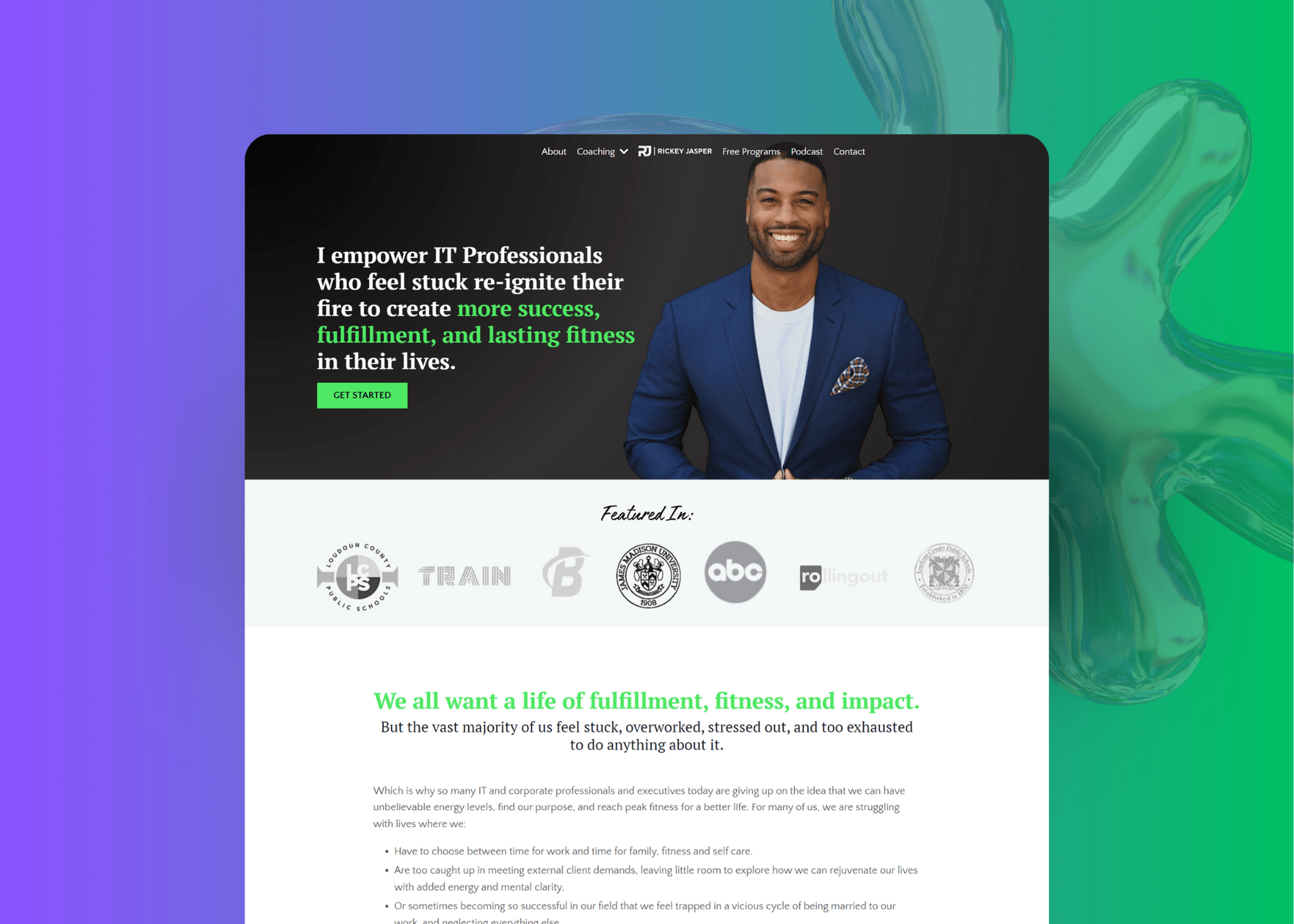

E-commerce is booming, and to stay ahead of the competition, your online store needs to be optimized for conversions. With countless potential customers browsing the internet, optimizing your e-commerce website can significantly boost your online sales. This guide will walk you through proven strategies to enhance your e-commerce website’s performance and maximize your revenue.
Creating an optimized e-commerce website is crucial for success. Whether you’re just starting or looking to improve your existing store, the following tips will help you create a user-friendly, search engine-optimized, and conversion-focused website.


1. Understanding E-commerce Optimization
E-commerce optimization is the process of improving various aspects of your online store to enhance user experience, increase visibility on search engines, and drive conversions. This involves a combination of SEO best practices, user-friendly design, and strategic content creation.
2. Conducting Comprehensive Keyword Research
Keywords are the foundation of SEO. To attract relevant traffic, it’s vital to target the right keywords. Use tools like Ubersuggest, Google Keyword Planner, and SEMrush to identify high-volume, low-competition keywords relevant to your products.
- Long-Tail Keywords: Focus on long-tail keywords that are specific to your products. For example, instead of targeting “shoes,” use “women’s running shoes” or “leather ankle boots.”
- Competitor Analysis: Analyze your competitors to find out which keywords they are ranking for and identify gaps in your keyword strategy.
3. Enhancing Website Speed and Performance
Website speed is a critical factor for both user experience and SEO. A slow-loading website can lead to high bounce rates and lower search engine rankings. Here’s how to improve your site’s speed:
- Optimize Images: Compress images without compromising quality using tools like TinyPNG or ImageOptim.
- Minimize HTTP Requests: Reduce the number of elements on your pages to decrease load times.
- Leverage Browser Caching: Enable caching to store static files and reduce server response time.
- Use a Content Delivery Network (CDN): Distribute your content across multiple servers worldwide to improve load times for global visitors.
4. Improving User Experience (UX)
A seamless and intuitive user experience can significantly impact your conversion rates. Focus on the following UX elements:
- Simple Navigation: Ensure your website has clear and straightforward navigation. Use categories and subcategories to organize products logically.
- Search Functionality: Implement a robust search feature that allows users to find products quickly and easily.
- Responsive Design: Ensure your website is mobile-friendly and looks good on all devices.
5. Leveraging High-Quality Product Descriptions
Product descriptions play a crucial role in SEO and user engagement. Here’s how to craft compelling product descriptions:
- Unique Content: Avoid using manufacturer descriptions. Write unique, engaging, and informative descriptions for each product.
- Keyword Integration: Naturally integrate primary and secondary keywords into your descriptions.
- Highlight Benefits: Focus on the benefits of the product rather than just listing features. Explain how the product can solve a problem or improve the customer’s life.
6. Optimizing Product Images
Images are essential for showcasing your products. Properly optimized images can enhance user experience and SEO:
- Descriptive File Names: Use descriptive file names for your images, incorporating relevant keywords.
- Alt Text: Include alt text for all images to improve accessibility and help search engines understand the content.
- Image Sitemaps: Create an image sitemap to help search engines index your images effectively.
7. Implementing Structured Data
Structured data helps search engines understand the content of your website better. Implementing structured data can lead to rich snippets in search results, enhancing your visibility:
- Product Schema: Use product schema markup to provide search engines with detailed information about your products, such as price, availability, and reviews.
- Breadcrumbs: Implement breadcrumb schema to improve navigation and help search engines understand your site structure.
8. Utilizing Customer Reviews and Testimonials
Customer reviews and testimonials not only build trust but also improve SEO:
- Encourage Reviews: Prompt customers to leave reviews after making a purchase. Offer incentives like discounts or loyalty points.
- Respond to Reviews: Engage with customers by responding to their reviews, both positive and negative. This shows that you value their feedback.
- Showcase Testimonials: Highlight customer testimonials on your homepage and product pages to build credibility.
9. Creating Engaging Content
Content marketing is a powerful tool for driving traffic and boosting sales. Develop a content strategy that includes:
- Blog Posts: Write informative and engaging blog posts related to your products and industry. For example, if you sell fitness equipment, write posts about workout routines or health tips.
- Video Content: Create product demonstration videos, how-to guides, and customer testimonials.
- Infographics: Use infographics to present information in a visually appealing and easy-to-digest format.
10. Utilizing Effective Calls-to-Action (CTAs)
CTAs guide visitors towards taking a desired action, such as making a purchase or signing up for a newsletter. Effective CTAs are:
- Clear and Concise: Use straightforward language that tells users exactly what to do.
- Visually Appealing: Make your CTAs stand out with contrasting colors and prominent placement.
- Urgency: Create a sense of urgency with phrases like “Buy Now,” “Limited Time Offer,” or “Sign Up Today.”
11. Enhancing Mobile Experience
With the increasing number of mobile shoppers, optimizing your e-commerce site for mobile devices is crucial:
- Mobile-Friendly Design: Ensure your website is responsive and adapts to various screen sizes.
- Mobile Payment Options: Offer mobile payment options like Apple Pay, Google Wallet, and PayPal to simplify the checkout process.
- Fast Loading Times: Optimize for speed on mobile devices by minimizing code and using accelerated mobile pages (AMP).
12. Analyzing and Iterating
Continuous analysis and iteration are key to maintaining an optimized e-commerce site:
- Google Analytics: Use Google Analytics to track user behavior, identify popular products, and understand traffic sources.
- A/B Testing: Conduct A/B tests to compare different versions of pages, CTAs, or layouts to determine which performs better.
- Feedback: Collect feedback from customers to identify areas for improvement and implement changes accordingly.
Conclusion
Optimizing your e-commerce website is an ongoing process that involves a combination of SEO best practices, user experience enhancements, and strategic content creation. By implementing the strategies outlined in this guide, you can improve your website’s performance, attract more visitors, and ultimately boost your online sales. Remember to continuously analyze your results and iterate on your strategies to stay ahead of the competition.
For more tips on e-commerce optimization and digital marketing, visit Inkio Web Solutions. Let’s craft your digital success story, one business at a time.





